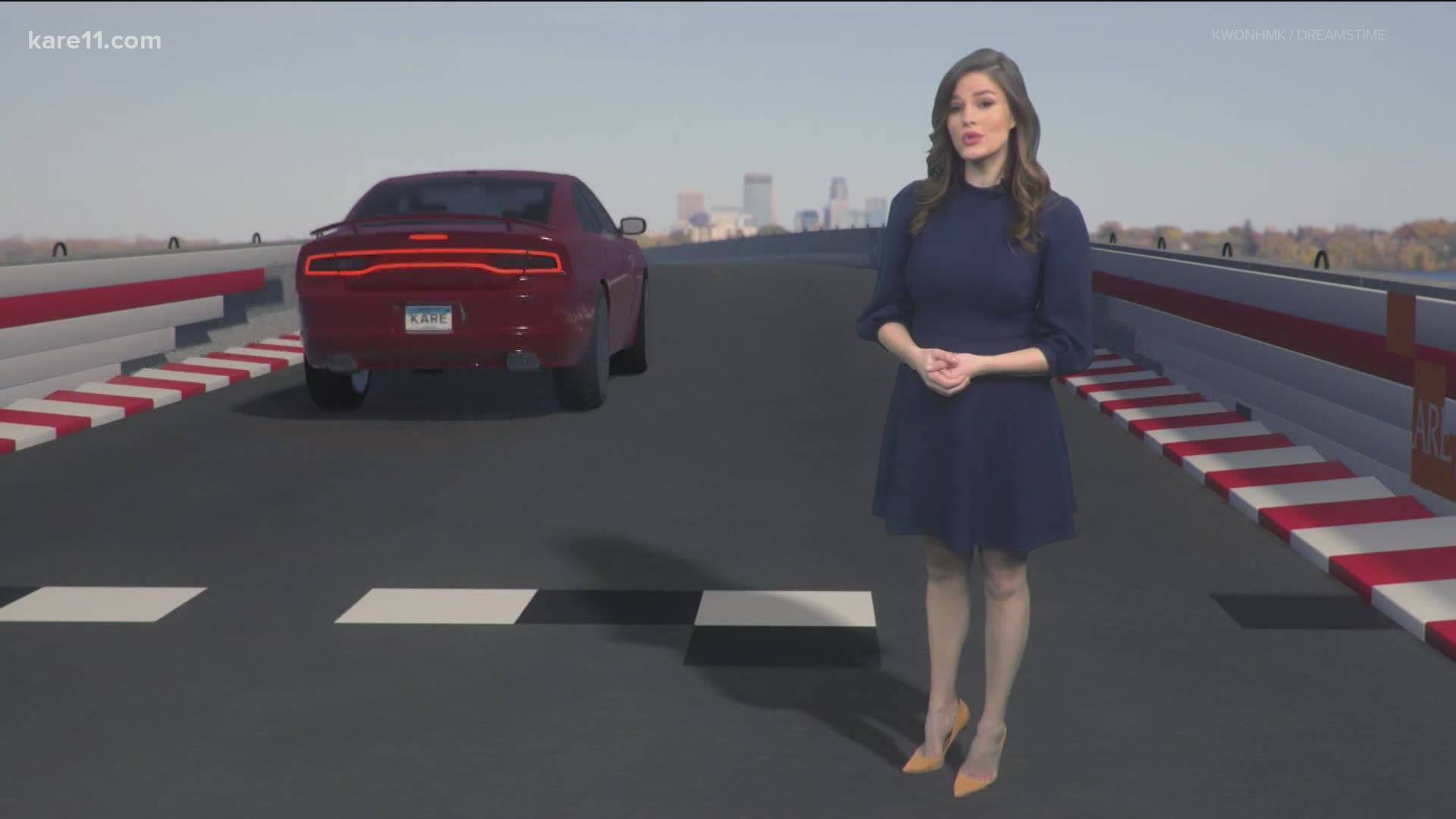MINNEAPOLIS, Minn — Speeding is one of the leading causes of traffic deaths and with the roads less crowded, people are acting like the highway is their personal racetrack.
To break down the dangers of speeding, we went to the Minnesota Department of Public Safety's crash reconstruction team.
They say there are two things to factor into our equation:
- Reaction Time
Your reaction time to a threat coming into your path of travel is about 1.5 seconds and that's when people are fully paying attention while driving.
Unfortunately that's not always the case. We know distractions are a BIG problem so we're going with 2.5 seconds to react.
2. Breaking Distance
You have to factor in the distance it takes for your vehicle to actually come to a complete stop.
Examples:
Let's say you're driving on the interstate where the speed limit is 60 miles per hour. If you're going 10 miles over the speed limit and you need to slam the breaks for any reason, your car will stop at 474 feet.
20 miles over the limit, your car will stop at 577 feet. That's about the length of two football fields!
Drivers going 100 miles per hour won't stop until you hit 811 feet. This outcome usually ends tragically.
The mechanics of your car, the condition of your tires, and the road conditions all play a role too.
Now think about if the car ahead of you suddenly brakes, traffic is slowing down, or a pedestrian steps out to cross the street at an unmarked intersection. Look at how long it takes to stop. If you're speeding or following someone too closely, you'll crash.

